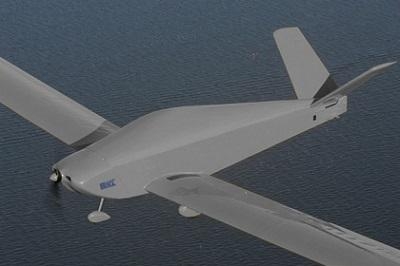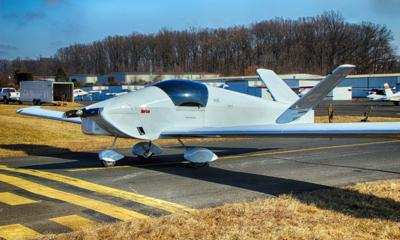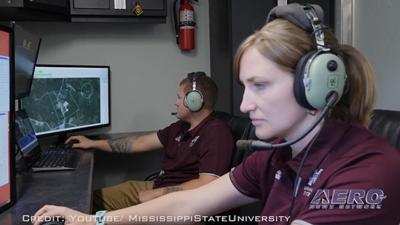Thu, Nov 03, 2022
Advertisement
More News
 Airborne 10.06.25: FAA Furloughs, Airshows Hit By Shutdown, Livestream Accident
Airborne 10.06.25: FAA Furloughs, Airshows Hit By Shutdown, Livestream Accident
Also: Pilot Age Cap, Skylar AI Flight Assistant, NS-36 Mission, ALPA v Shutdown The federal government has officially gone into lockdown mode. The FAA will be laying off around a f>[...]
 ANN's Daily Aero-Term (10.10.25): Performance-Based Navigation (PBN) [ICAO]
ANN's Daily Aero-Term (10.10.25): Performance-Based Navigation (PBN) [ICAO]
Performance-Based Navigation (PBN) [ICAO] Area navigation based on performance requirements for aircraft operating along an ATS route, on an instrument approach procedure or in a d>[...]
 ANN's Daily Aero-Linx (10.10.25)
ANN's Daily Aero-Linx (10.10.25)
Aero Linx: The Society of United States Air Force Flight Surgeons (SoUSAFFS) Thank you for visiting the Society of United States Air Force Flight Surgeons (SoUSAFFS) web page. We a>[...]
 NTSB Final Report: Costruzioni Aeronautiche Tecnam P2006T
NTSB Final Report: Costruzioni Aeronautiche Tecnam P2006T
Postaccident Examination Of The Airplane Revealed That The Carburetor Heat Levers Remained In The OFF Position Analysis: The flight instructor and commercial pilot receiving multi->[...]
 ANN FAQ: Submit a News Story!
ANN FAQ: Submit a News Story!
Have A Story That NEEDS To Be Featured On Aero-News? Here’s How To Submit A Story To Our Team Some of the greatest new stories ANN has ever covered have been submitted by our>[...]
blog comments powered by Disqus






